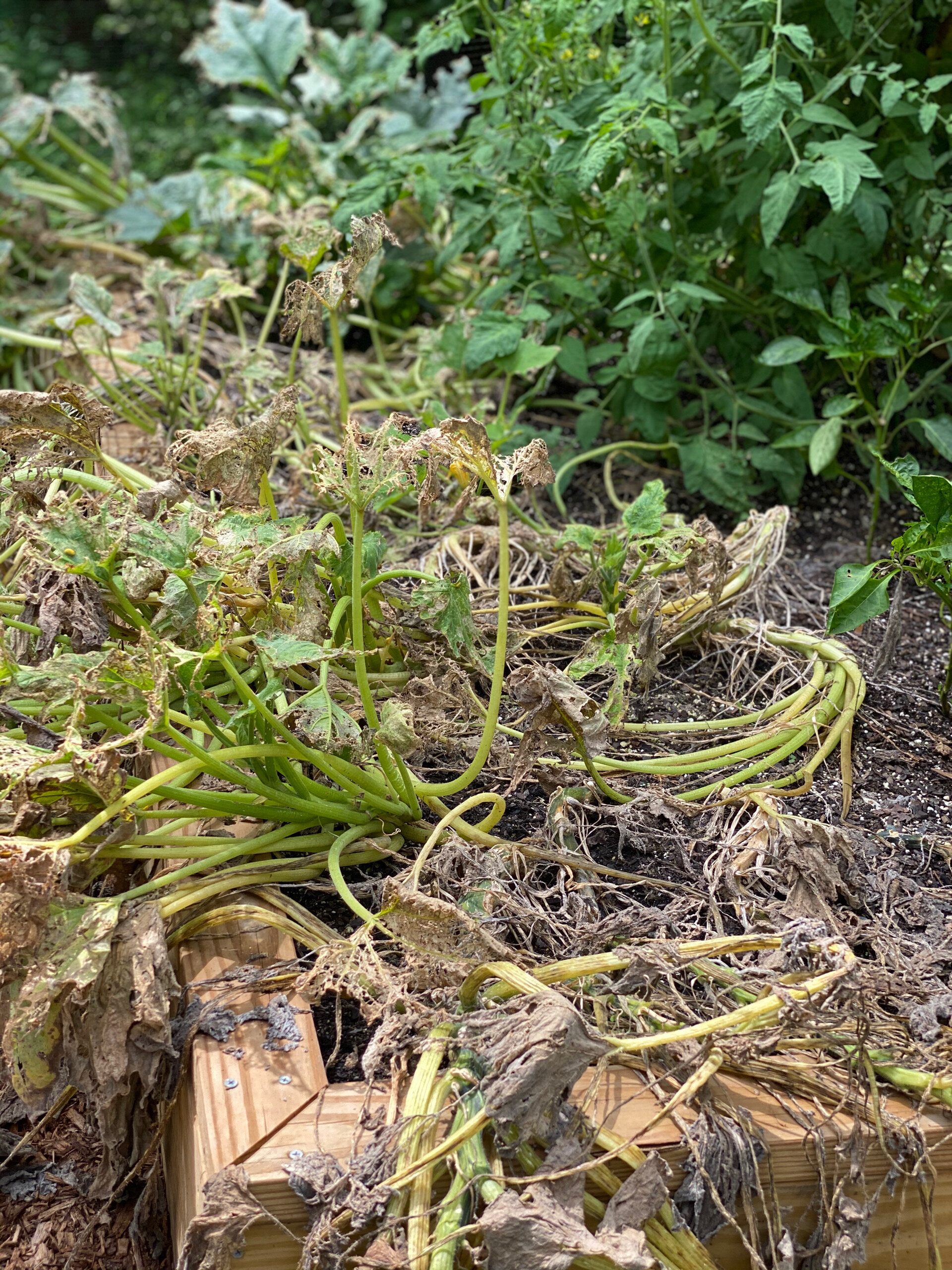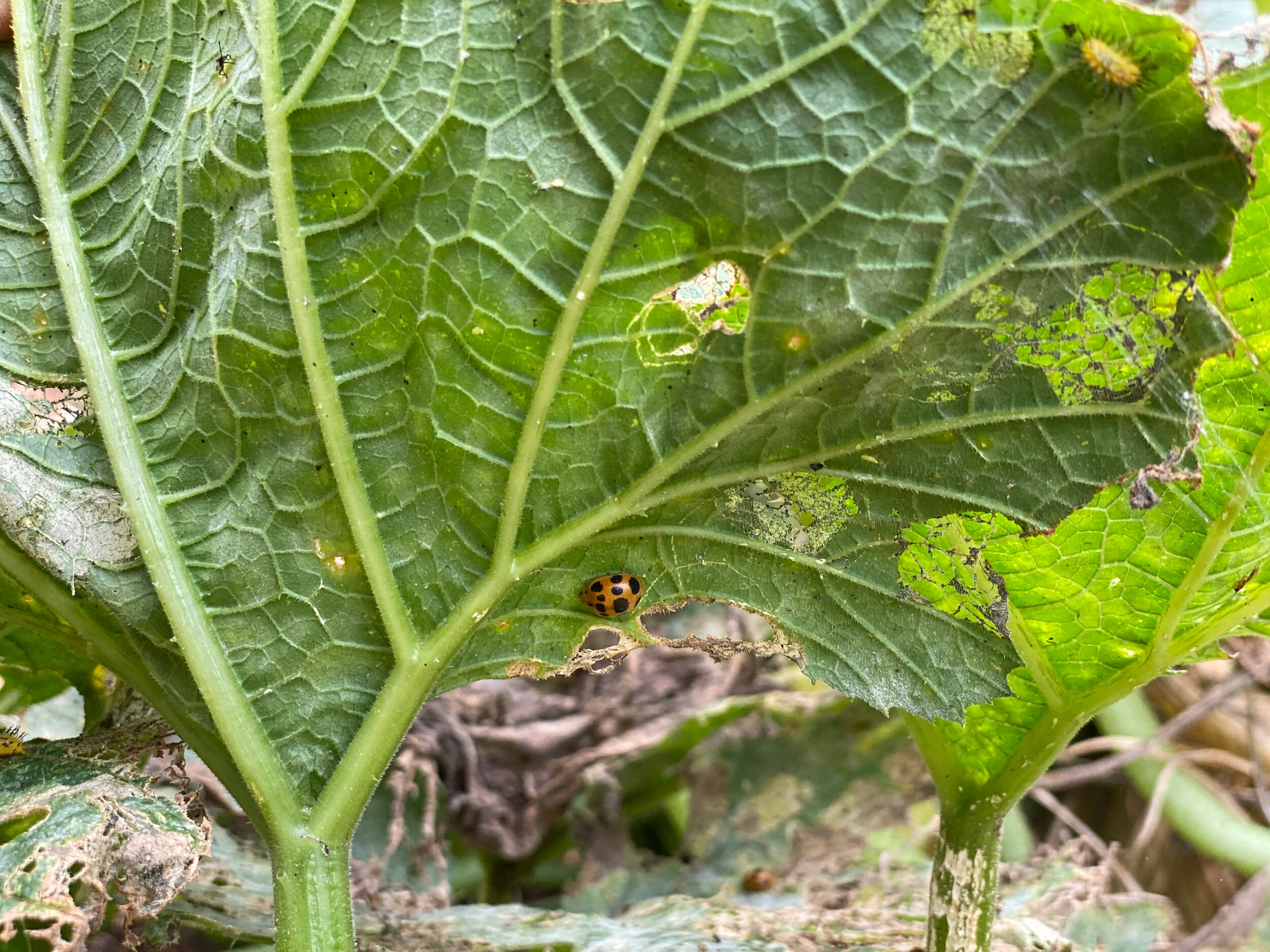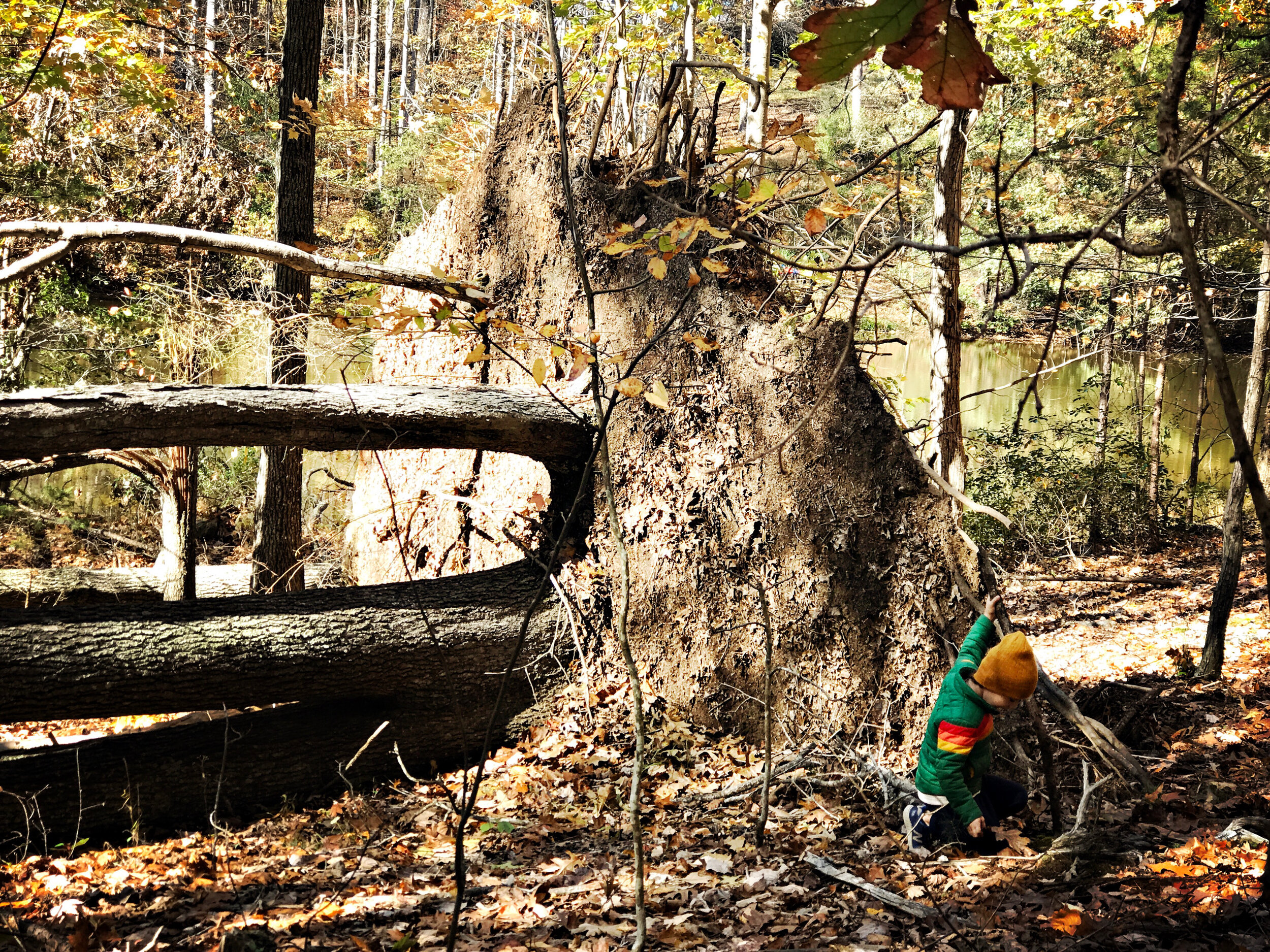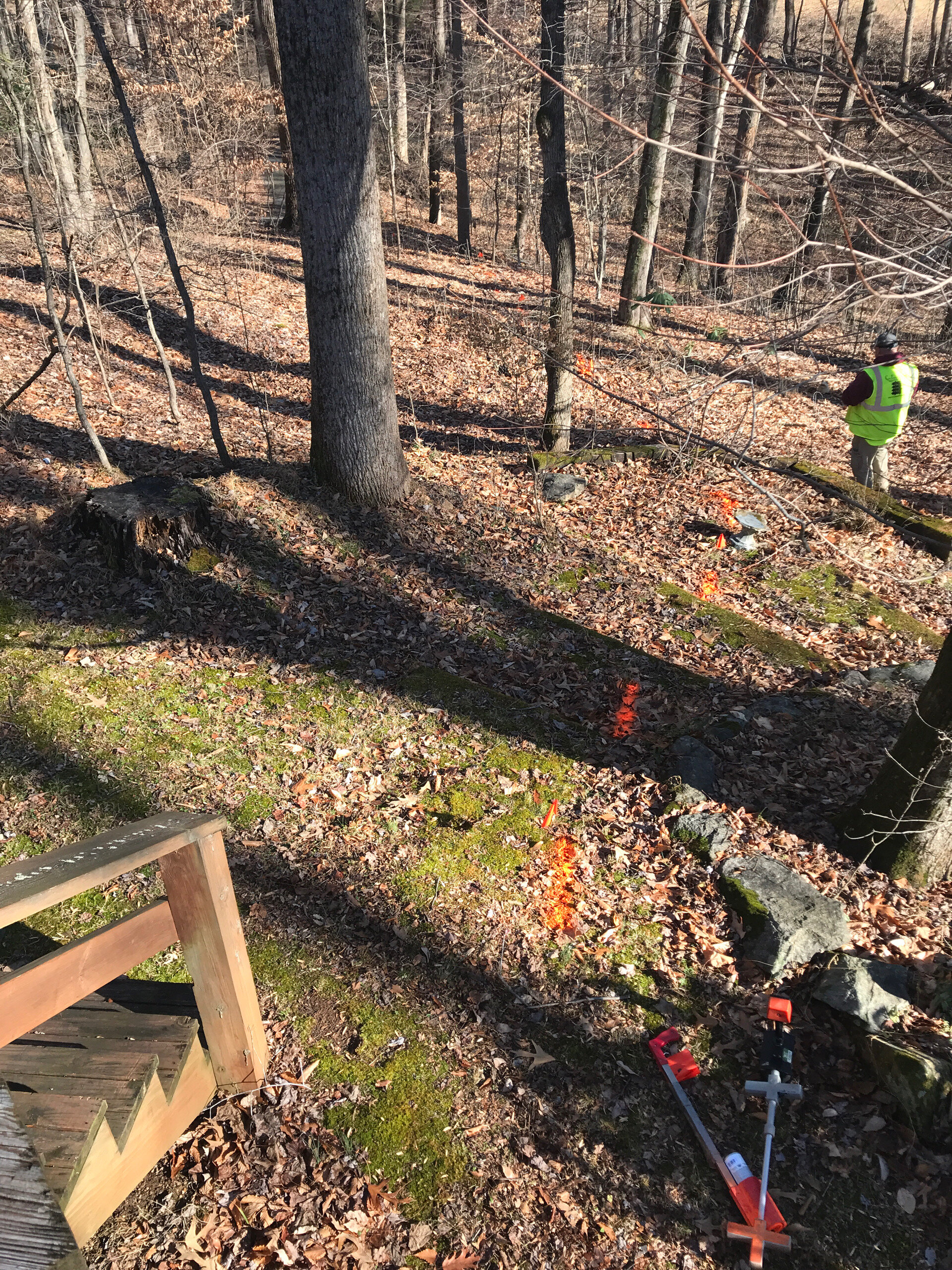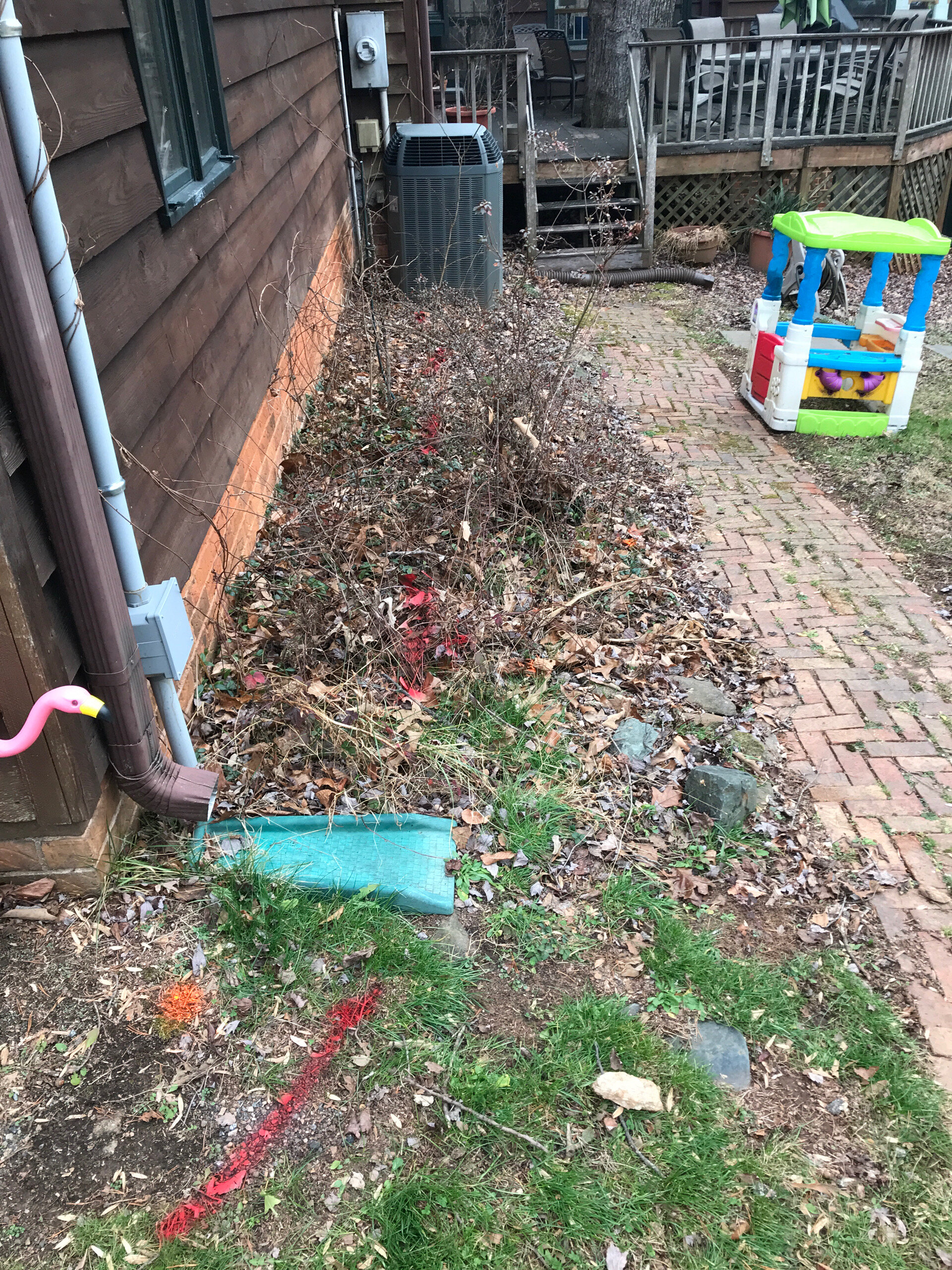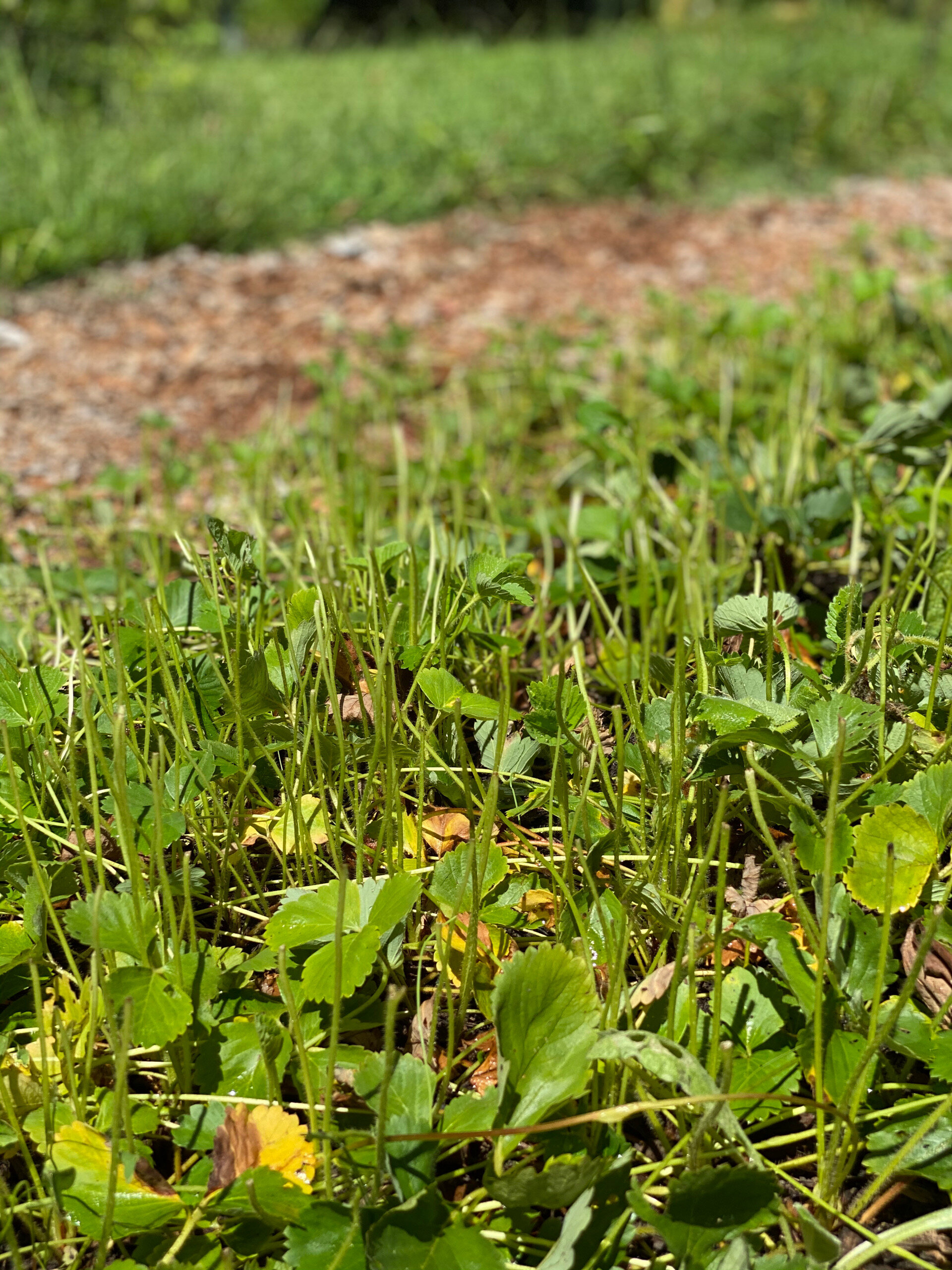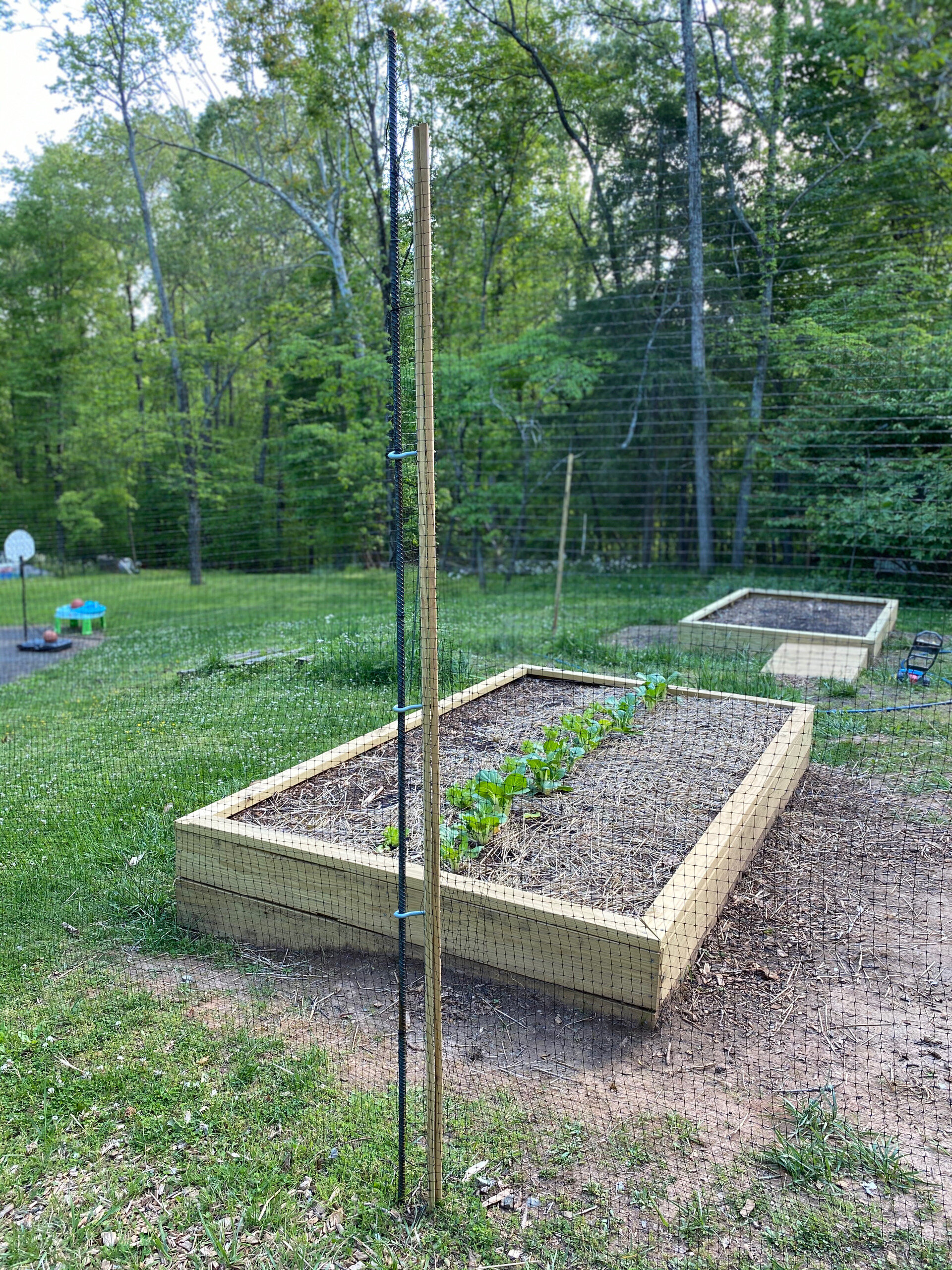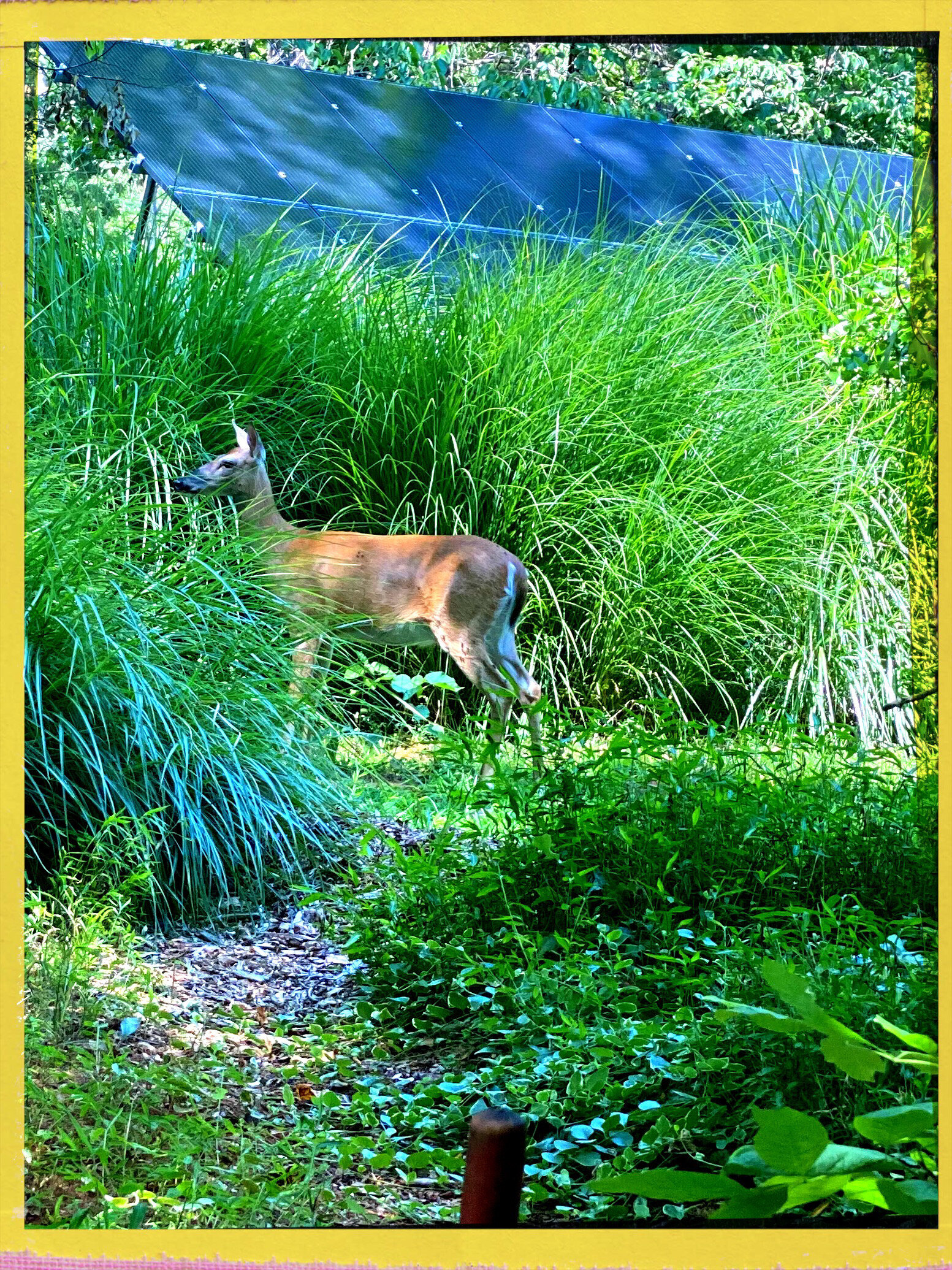Core Maps #3: The Permaculture Sector Map
After drawing up our Base and Sun Maps, we put together our Sector Map, which has a misleading name.
I figured it would carve the property into different zones, but according to Tenth Acre Farm that's Map #4, the Zone Map. Sector Maps trace elements that make life more difficult—the things you can't totally eliminate or control, but maybe you can jiu-jitsu them or at least plan accordingly.
Creating a permaculture sector map
Most sector maps mark the pathways of natural elements like:
wind gusts and flowing water
manmade products like noise or smoke or crime
destructive animals, insects or plants
underground networks of utilities (water, cable, electrical, etc.).
Permaculture Sectors
It's useful to walk your property during a serious downpour so you know where and what direction the water runs. This is probably the single element that, for us, has the potential to be most destructive—especially given escalating climate change—but it's also potentially the most useful. Understanding water flow on the Sector Map can help us plan swales, garden irrigation, drainage, or slip-and-slides.
WATER
Mapping your water flow can also inform a plan for rainwater collection (from basic gutter-fed rain barrels to larger in-ground cisterns) and gravity-fed water systems. How can you harvest water run-off from roofs, lean-tos and even solar panels?
UTILITY LINES
Most municipalities have a free service (i.e., in many regions you can dial 811, often termed “Miss Utility”) that will come out for free to spraypaint the paths of all that's buried underground—the pipes, wires and conduits. Good if you have to dig and want to avoid electrical lines.
WIND
We're in the woods and have great neighbors so we're privileged in terms of privacy and noise and crime, but those woods also create a lot of objects that fall in heavy winds. Good to understand which way they typically topple.
PESTS/INVASIVES
Insects, birds and deer are our biggest pests. We knew we needed a fence around the garden (the deer recently busted through it and then *really* hit the buffet) and bugs are decimating other plants, so we need a better plan for how to repel or redirect or repurpose...
OTHER
Depending on where you live, you may also want to map elements like Noise, Potential Crime/Danger, Pollution, Privacy, or whatever else might impact your home or apartment.
We’re trying to appreciate the deeper wisdom in this: how to coexist or fight back or transform the things that suck.
—> READ THIS NEXT: PERMACULTURE MAPS #4 & 5: THE ZONE MAP AND MASTER PLAN
